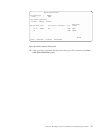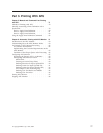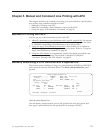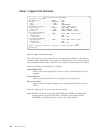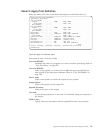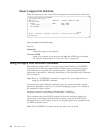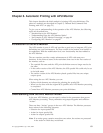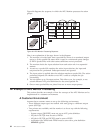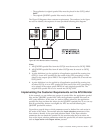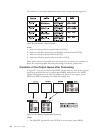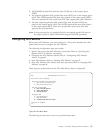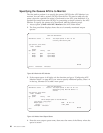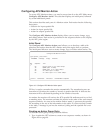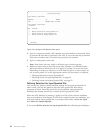
Chapter 6. Automatic Printing with APU Monitor
This chapter describes the third method of printing APU print definitions. (The
other two methods are described in Chapter 5, “Manual and Command Line
Printing with APU” on page 79.)
To give you an understanding of the operation of the APU Monitor, the following
topics are described here:
v “Introduction to the APU Monitor”
v “Understanding How the APU Monitor Works”
v “An Example of APU Monitor Processing” on page 84
v “Configuring APU Monitor” on page 87
Introduction to the APU Monitor
The APU monitor is part of APU and provides a good way to integrate APU print
definitions into your environment. The first version of the monitor was limited in
its capabilities. With the modification level, new functionality has been added to
the APU Monitor.
The new monitor provides a major enhancement of APU with many new
functions. It also removes some of the restrictions that were in the first version of
the monitor, such as:
v The spooled file name and the APU print definition name no longer need to be
the same
v In the earlier version of the APU Monitor, the SCS spooled file could only be set
in the hold status
v The earlier version of the APU Monitor placed spooled files into one unique
output queue
When using the new APU Monitor, you can:
v Define which elements are relevant for selecting the spooled file
v What is to be done with the original SCS spoolfile once APU Monitor processing
is completed
v Control how APU Monitor processes your print definitions
Understanding How the APU Monitor Works
In the new APU Monitor, you can specify values for the parameters that govern
APU Monitor processing. These parameters are grouped together and called an
“Action”.
There are three “Action” groups in the new APU Monitor. The Monitor processes
these actions in the following sequence:
v Selection for input spooled file
v Action for input spooled file
v Action for output spooled file
Note: If an action group contains more than one action, the actions are processed
in the order in which they are defined.
© Copyright IBM Corp. 1996, 2002 83



